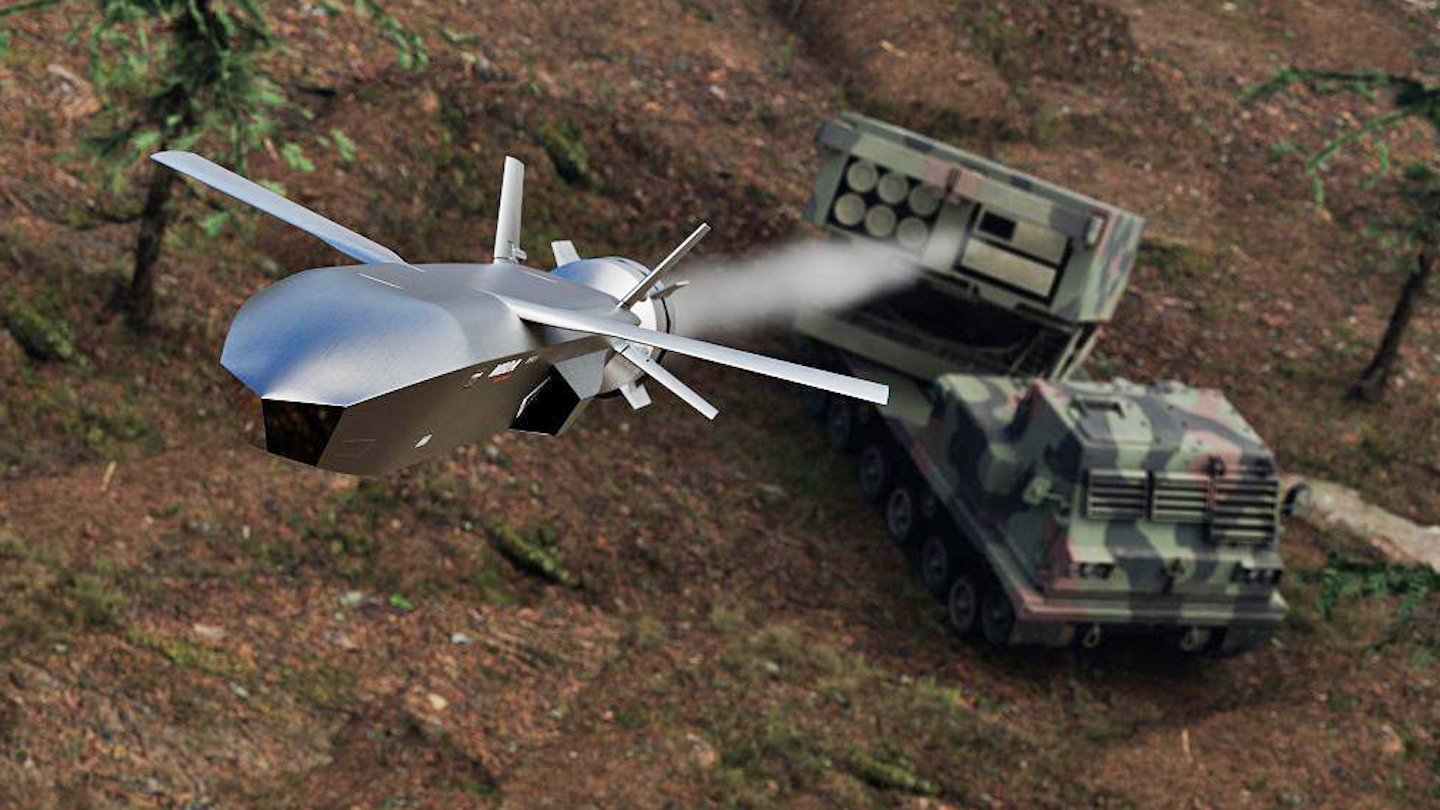The German branch of European missile house MBDA has published concept artwork showing its proposed missile-like RCM² standoff remote carrier being launched from a warship, a transport aircraft, and a mobile ground launcher.
MBDA revealed the RCM² — which stands for Remote Carrier Multidomain Multirole Effector — for the first time at the ILA Berlin aerospace show that took place in the German capital in the summer.

When it was announced, MBDA said the RCM² would be suitable for launch from a variety of platforms, based on operational requirements, and across all branches of the armed forces.
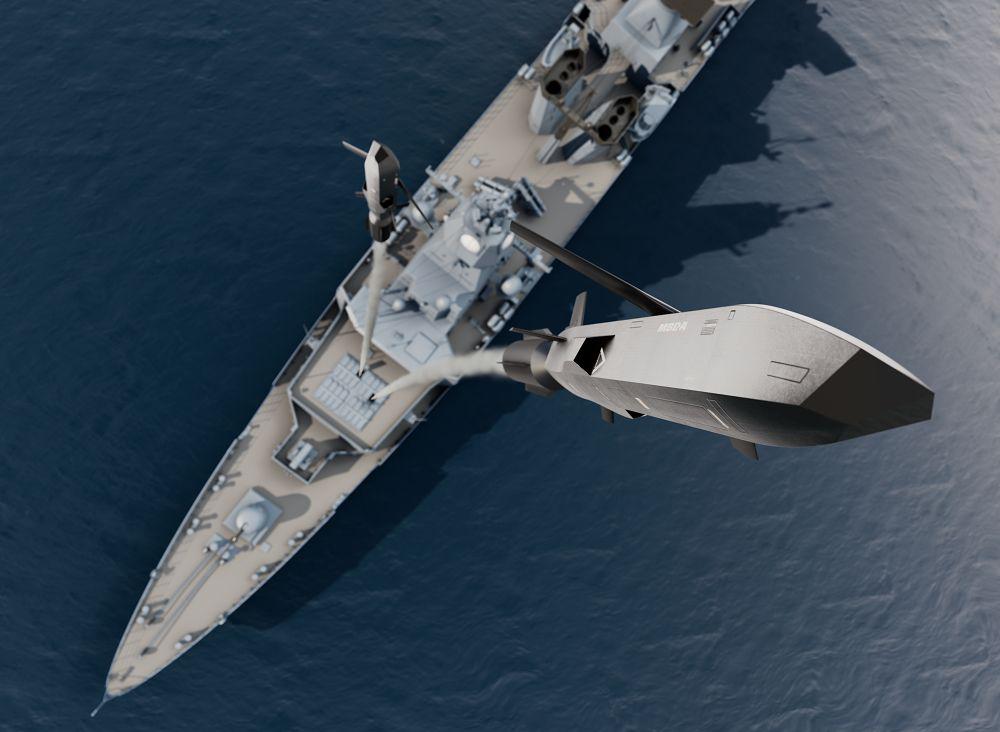
The latest renderings of the RCM², released today, include an example being launched from a warship’s vertical launch system (VLS), apparently a Mk 41 VLS, or similar. The German Navy already uses the Mk 41 VLS on most of its frigate classes and the system is widely used across NATO and allied navies. Although Germany has already ordered the Kongsberg Naval Strike Missile (NSM) as its future anti-ship and land-attack missile, this is fired from box launchers rather than from the Mk 41 VLS.
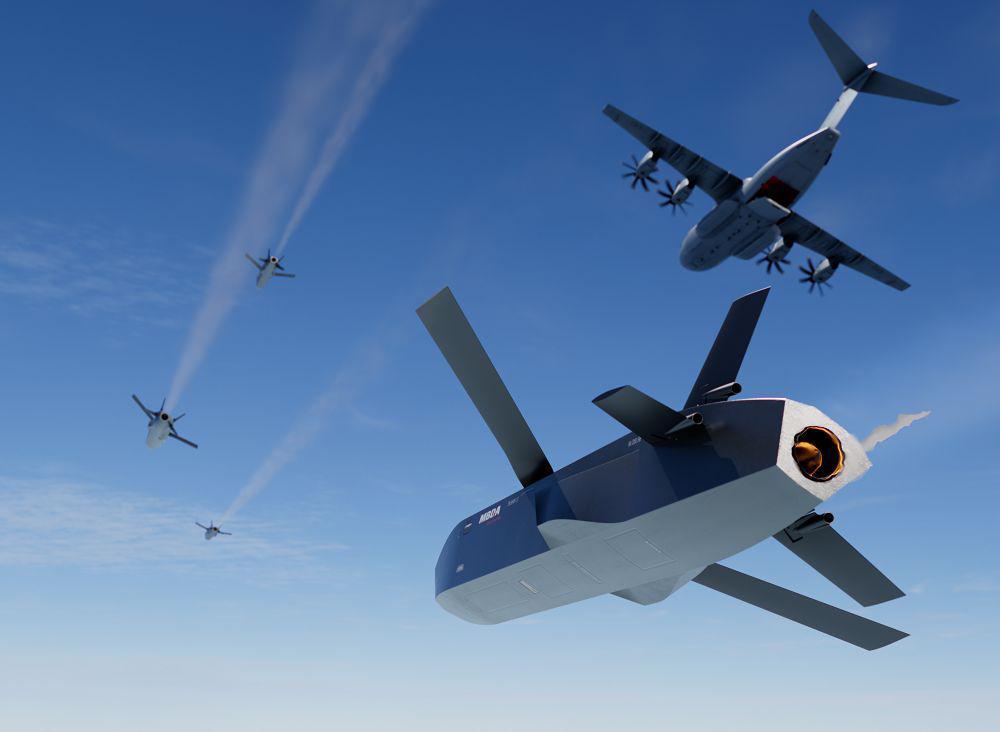
The next image shows multiple examples of the RCM² dropped from the rear ramp of an Airbus A400M military transport. Using transport aircraft to drop standoff munitions is a growing area of interest right now, underlined by the U.S. Air Force’s Rapid Dragon air-launched palletized munitions concept. It’s also noteworthy that Airbus has already conducted some experimental trials involving the release of what it described as a “remote carrier flight test demonstrator.”
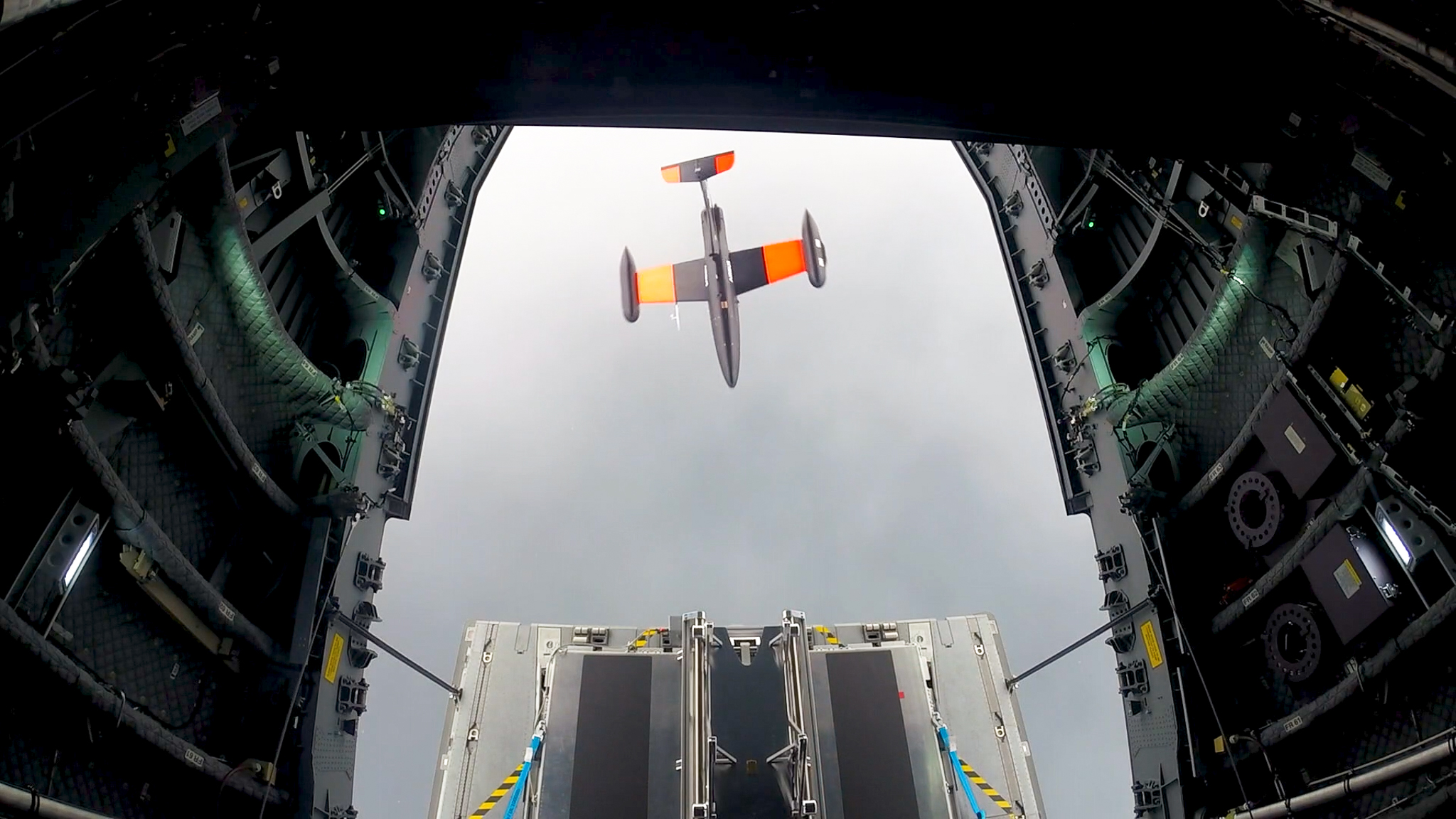
Finally, an RCM² is shown being launched by a tracked mobile ground launcher, apparently an M270 Multiple Launch Rocket System (MLRS), which can fire 227mm artillery rockets, as well as Army Tactical Missile System (ATACMS) short-range ballistic missiles. In this rendering, seen at the top of this story, the M270 is shown with a mixed payload of artillery rockets and RCM² remote carriers. This would also provide compatibility with the M142 High Mobility Artillery Rocket System, or HIMARS.
As its name indicates, the RCM² is intended to be used for missions in addition to standoff strike, as would be expected of a traditional cruise missile. Although it can carry a warhead for kinetic attacks, it can also accommodate an electronic warfare payload to deny the enemy’s use of the electromagnetic spectrum. In this way, it will provide jamming and operate as a decoy to support other remote carriers or different platforms.
Beyond that, the RCM² is also planned to operate within what MBDA described as an “order-based effector network,” in which control of the remote carrier — or even swarms of them — can be handed over to any operator with access to that same network.

The RCM² is also billed as being particularly relevant for use in highly contested and well-defended areas, with a combination of low-observable design features and can be used in GPS-denied environments, something that is a growing concern now, based on lessons from the war in Ukraine. As well as GPS guidance, the RCM² will have an inertial navigation system (INS), a terrain contour matching (TERCOM) system, and an imaging infrared (IIR) seeker.
The remote carrier also will have a loitering capability, meaning it can be re-targeted in flight, to attack time-sensitive ‘pop-up’ targets, for example.
Later versions of the RCM² are planned to add a reconnaissance capability, with sensors added to acquire targeting data and provide real-time situational awareness.
Specifications released by MBDA at ILA 2024 include a length of 13 feet, a weight of 750 pounds without the launch booster, and a range of more than 310 miles.
The remote carrier looks very much like a standoff missile, with some low observable shaping and a faceted nose, including windows for the IIR sensors. A pair of pop-out wings are fitted above the body and the tail surfaces are very much aircraft-like, with a pair of vertical tailfins and a pair of horizontal stabilizers. Conformal intakes on either side of the body would appear to feed an air-breathing turbofan or turbojet engine.
While the RCM² is now being very clearly pitched as a ‘platform agnostic’ system, more broadly, remote carriers have been seen as a critical adjunct to the pan-European Future Combat Air System (FCAS) next-generation air combat program, which includes the crewed New Generation Fighters (NGF), as well as for the in-service Eurofighter Typhoon.
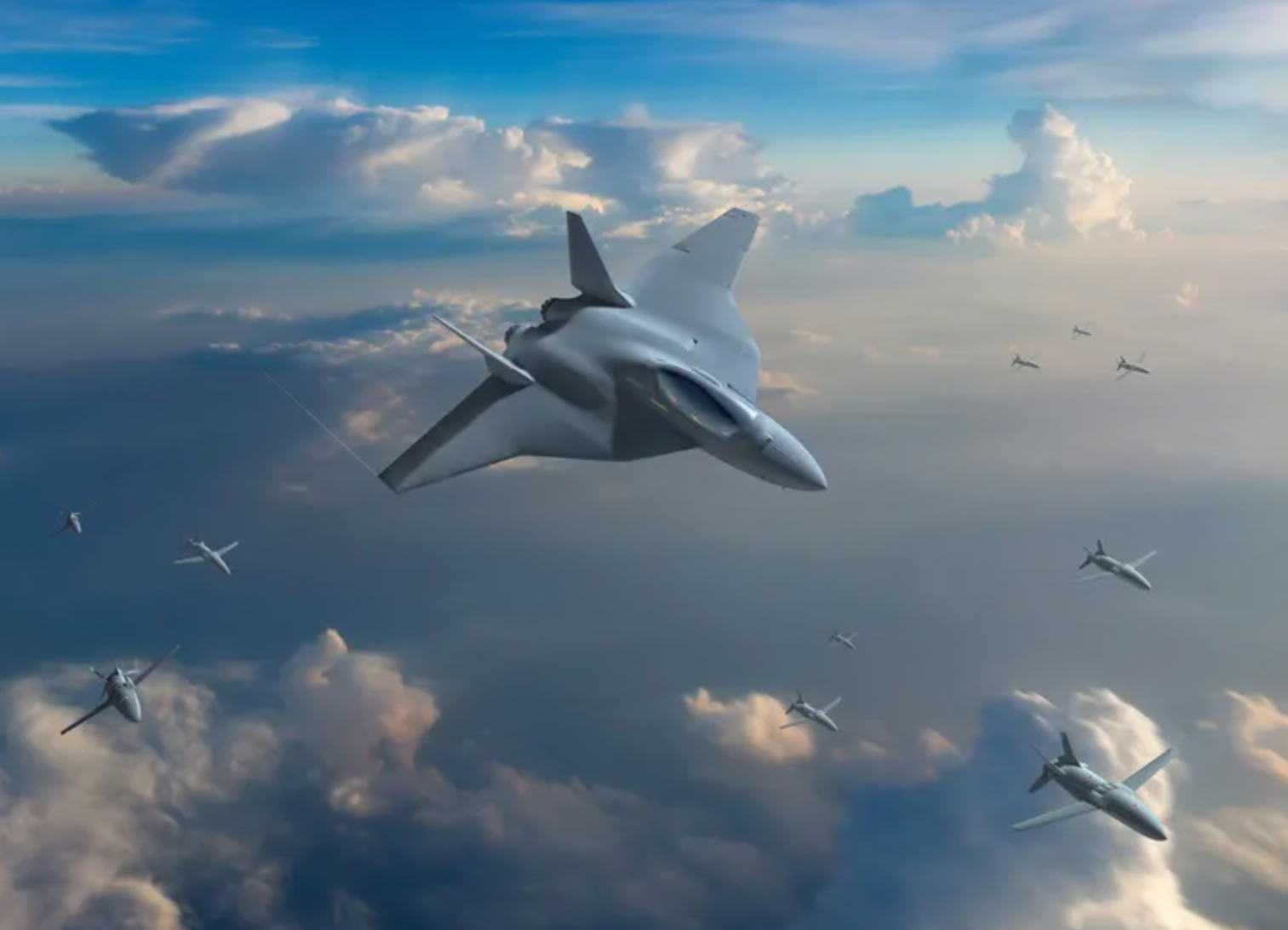
The Airbus vision for FCAS includes remote carriers being launched by larger transport aircraft ‘motherships,’ with types such as the A400M bringing up to 50 small or as many as 12 heavy remote carriers “as close as possible to their areas of operation before releasing.”
Under the FCAS initiative, remote carriers of different sizes and capabilities will work alongside crewed combat aircraft — and also independently — acting as complementary sensors, effectors, decision-making nodes, and cruise missiles.
The published specifications for the RCM² would appear to put it into broadly the same light remote carrier category as the FEANIX, from German contractor Diehl Defense, which was also unveiled at ILA 2024. According to Diehl, the FEANIX will be less than 13 feet long (perhaps even less than 11.5 feet long) and will weigh less than 660 pounds.

Thomas Newdick
What’s most notable about the RCM² is the fact that it’s intended, from the outset, to carry a range of different payloads, with its modular nature lending it to a number of mission sets.
At the same time, the option to launch the RCM² from a range of different platforms is a significant advantage, meaning that a single remote carrier type can be acquired for various launch platforms and across different services.
While MBDA has not discussed this aspect in much detail so far, remote carriers of this size are, by their nature, intended to be disposal stores. This means that, even when accommodating non-kinetic payloads, they are not expected to be recovered after their missions and reused.
In this way, remote carriers can be used in large numbers, boosting ‘combat mass,’ something that will require them to be affordable. Again, at this point, we don’t know the kind of price tag that the RCM² will come with.
It’s unclear when MBDA expects the RCM² to be ready for service, but the rival FEANIX is expected to become operational “well before the FCAS realization period of 2040+,” according to Diehl, suggesting this could be in service in the 2030s.
Even before the FCAS arrives, Airbus wants to introduce what it calls “first-generation” remote carriers with the Eurofighter Typhoon as part of the manned-unmanned teaming component of the Long-Term Evolution (LTE) — a modernization program for the fighter.
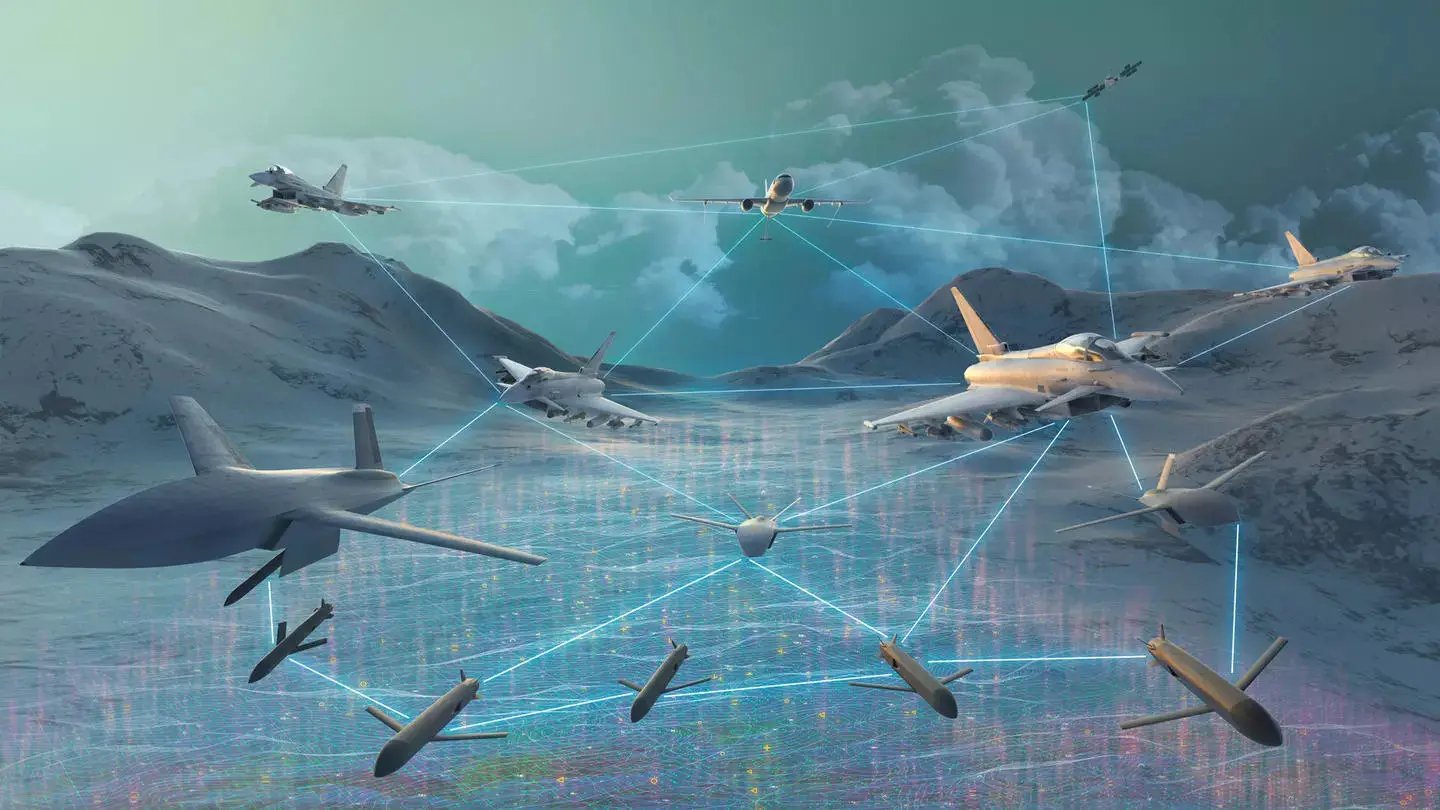
As well as air-launched applications, the fact that the RCM² (like the FEANIX) can be launched from land and sea platforms, using existing vertical launch systems, is significant, especially as land forces and navies increasingly look to field longer-range missiles that can attack targets both on land and at sea. In both cases, this would require the RCM² to be fitted with the additional booster that’s shown in the relevant renderings.
The appearance of the RCM² is also timely in view of Russia’s extensive use of ground-launched ballistic and cruise missiles against Ukraine, which has lighted a major gap in the inventories of many European NATO countries.
Faced with this ‘standoff missile gap,’ France, Germany, Italy, and Poland launched the European Long-Range Strike Approach (ELSA) this summer — Sweden and the United Kingdom both subsequently joined. This effort calls for the development of a new capability for “long-range strikes,” although the type of weapon being pursued is not mentioned. It’s not unlikely that ELSA will eventually lead to different types of missiles being procured and the RCM² could be a contender for parts of the requirement, with the added benefit that it can be used for non-kinetic roles, too.
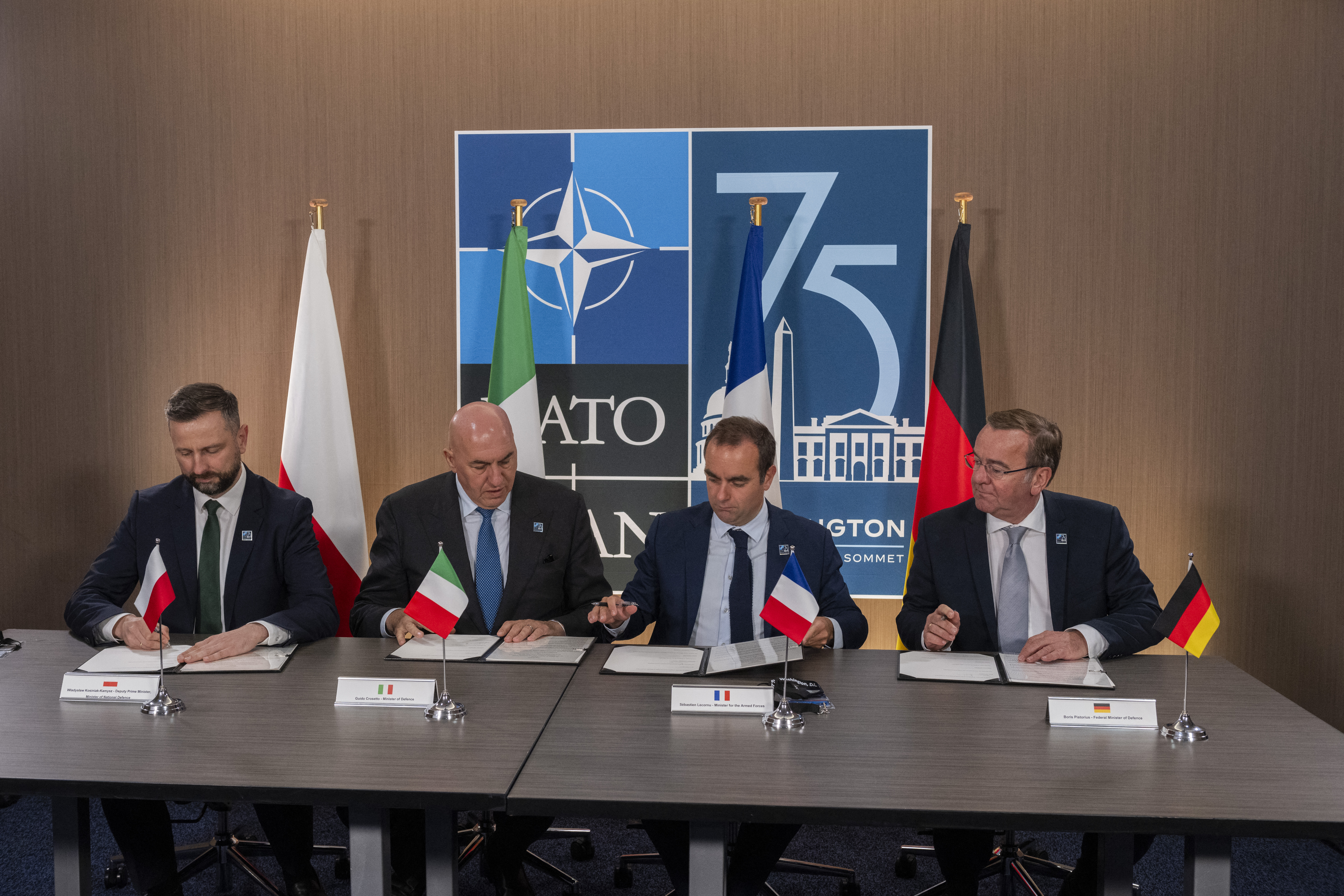
Ultimately, it seems that ELSA will seek to provide a weapon with a range of between 621 and 1,243 miles, which would rule out the RCM², but even as a ground-launched standoff weapon, the RCM² could still provide NATO in Europe with a very important capability. After all, currently, only Turkey possesses a conventional ground-launched missile with a range of more than 186 miles — the indigenously developed Bora short-range ballistic missile. This is in stark contrast to Russia, which has various ground-launched systems with this kind of performance, able to carry conventional or nuclear warheads.
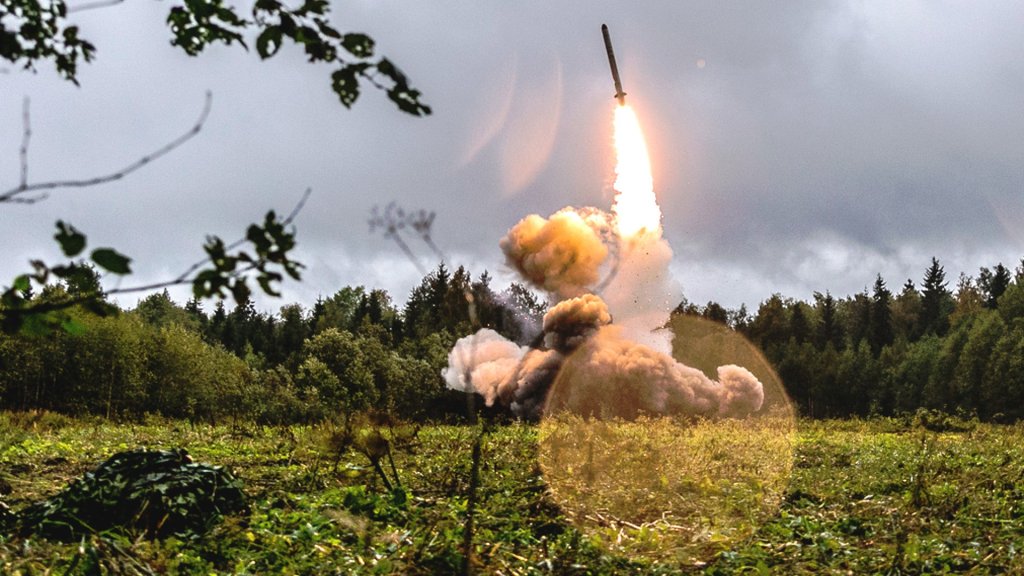
What the RCM² and other similar remote carrier proposals lack in range, they make up for in terms of flexibility and versatility. In many ways, they blur the boundaries between existing standoff munitions and drones, able to deliver lethal or non-lethal effects at long distances, while at the same time ‘outsourcing’ functions and capabilities that would be too much for a human pilot to handle or which would expose that pilot to too great a risk.
Again, while we don’t know how much the RCM² is likely to cost, it clearly aligns with a growing focus on attritable or at least lower-cost air systems — especially ones that can work alongside crewed fighters. A ‘cheap’ long-range cruise missile-like design similar to that which the U.S. Air Force is also eyeing would very likely be of interest to various operators, especially when that same system can also be used to perform a range of other complementary missions and to do so when launched from platforms in the air, at sea, or on the ground.
Contact the author: thomas@thewarzone.com
